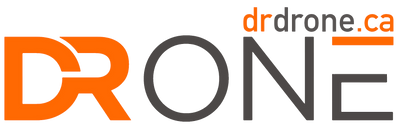Q: How long does it take to fully charge two TB65 Intelligent Flight Batteries?
A: With a 220V power supply, it takes around 60 minutes to fully charge two TB65 batteries, and about 30 minutes to charge them from 20% to 90%.
With a 110V power supply, full charging takes approximately 70 minutes, and 40 minutes to go from 20% to 90%.
Q: Does the M350 RTK support TB60 Intelligent Flight Batteries?
A: Yes, but you must use two TB60 batteries at a time. Mixing TB60 and TB65 batteries is not allowed.
Q: Why does the battery heat up during long-term storage?
A: The battery automatically discharges to about 50% during storage to ensure safety and prolong lifespan, which may cause it to feel slightly warm.
Q: Can the TB65 Intelligent Flight Battery be used in low temperatures?
A: Yes, the TB65 battery operates between -20°C and 50°C (-4°F to 122°F). However, battery life is shorter in colder conditions. For optimal performance, ensure the battery temperature is above 15°C (59°F) before flying.
When charging in temperatures between -20°C and 5°C (-4°F and 41°F), the battery will automatically heat up before charging. Once installed in the aircraft, it will also heat up to maintain a temperature of 16°C to 20°C (60.8°F to 68°F).
Q: What is the service life of the TB65 Intelligent Flight Battery?
A: The service life is determined by three factors: 12 months, 400 charge cycles, or 120 days of high-power storage—whichever occurs first.
Q: Can I bring a TB65 Intelligent Flight Battery on an airplane?
A: No, with a capacity of 263 Wh, the TB65 battery exceeds the limits allowed by airlines for carry-on luggage.
Q: How do the fans of the BS65 Intelligent Battery Station function?
A: The fans adjust automatically, turning on or off and changing speed based on the ambient and battery temperatures.
Q: How many batteries can the BS65 Intelligent Battery Station charge at once?
A: The BS65 station can store up to eight TB65 batteries and four WB37 batteries. It charges two TB65 batteries and one WB37 battery simultaneously, prioritizing the batteries with the highest charge levels.



